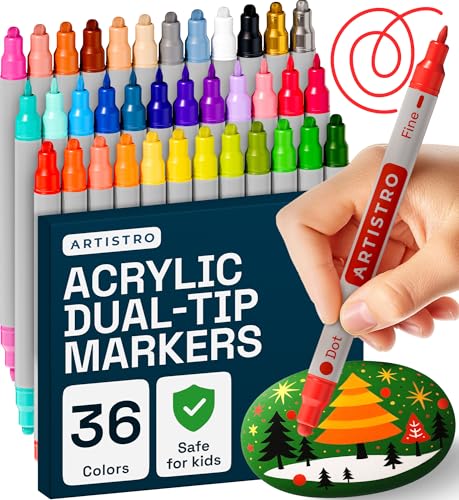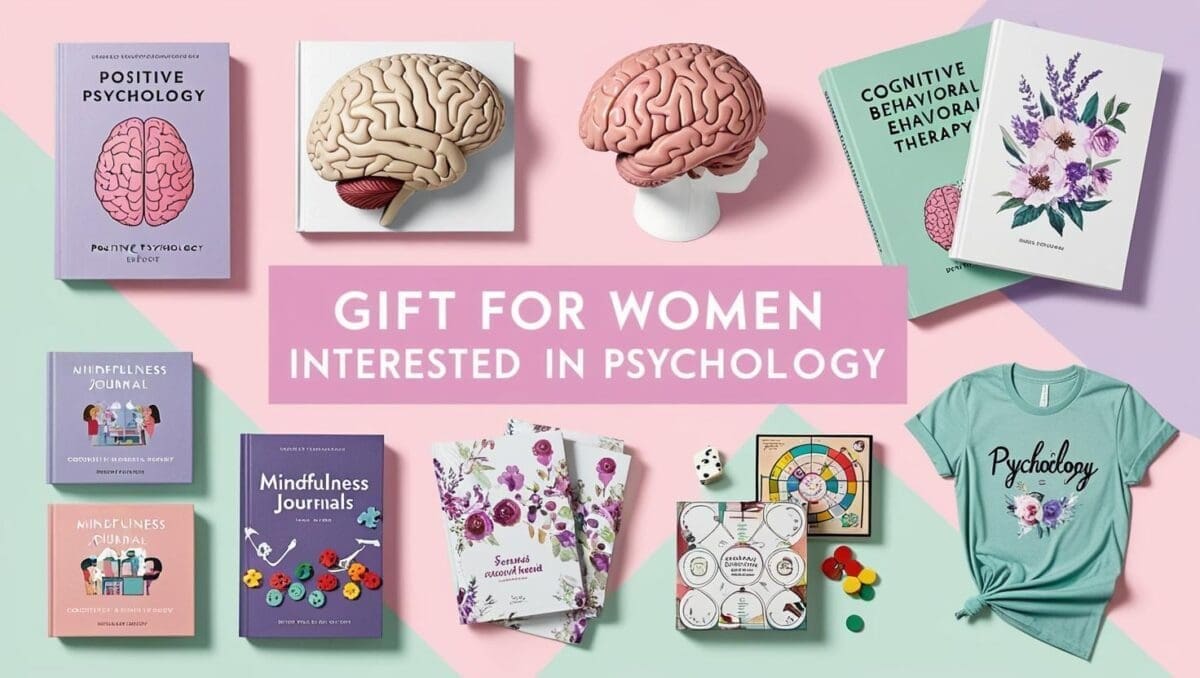This post may contain affiliate links. If you make a purchase through these links, I may earn a small commission at no extra cost to you. I only recommend products that I believe are helpful, relevant, and a good fit
When a Snowflake Sparks Calm
Last January, after a week of gray skies and restless energy, I walked into my school counseling office to find glitter everywhere.
At first, I sighed—another cleanup. But then I noticed something: the sound of quiet laughter, scissors snipping, tiny hands folding paper with intent. The air felt different—lighter, slower, peaceful.
That’s when I remembered why I keep a craft bin in every corner of my therapy space. Winter crafts aren’t just a way to fill time; they’re a doorway to calm, focus, and emotional growth.
As both a counselor and a parent, I’ve seen how crafting slows racing thoughts and gives kids a safe language for feelings. In psychology, that’s called somatic regulation—using the body to calm the mind. In occupational therapy, it’s known as fine-motor rhythm: the steady repetition that restores a child’s sense of control.
This guide gathers my favorite winter crafts for kids—projects that nurture calm, confidence, and connection. By the end, you’ll have a toolkit of sensory-rich, heart-centered activities for home, classroom, or therapy room.
Why Winter Crafts Support Emotional Regulation
Winter’s slower pace can challenge children’s nervous systems. Fewer daylight hours mean less outdoor movement, and indoor routines often bring pent-up energy or emotional outbursts.
That’s where art helps.
From a psychological standpoint, creative tasks engage both hemispheres of the brain—logic and emotion—helping kids integrate what they feel with what they can control.
From an occupational-therapy perspective, cutting, gluing, threading, and painting improve fine-motor skills and hand-eye coordination while offering tactile feedback that grounds attention.
Crafting also strengthens:
- Self-regulation: repetitive motion lowers cortisol and steadies breathing.
- Emotional labeling: children use color and shape to express feelings they can’t yet verbalize.
- Mindfulness: focusing on materials keeps awareness in the present moment.
Therapist Insight: “When I hand a child scissors or a glue stick, I’m not just giving them a tool—I’m giving them agency. It’s movement with meaning.”
⛄ 1. Paper Snowflake Mindfulness Art
Supplies:
- White printer paper or thin cardstock
- Kid-safe scissors
- Optional: watercolor paint, markers, glitter
How to Make It:
- Fold paper into triangles several times.
- Before each cut, invite children to take a slow breath.
- Snip small shapes along the folded edges.
- Unfold to reveal the design.
- Decorate with soft washes of watercolor or a sprinkle of glitter.
Therapeutic Benefits:
- Psychological: Encourages patience and curiosity. The surprise of unfolding mirrors the emotional payoff of staying calm through uncertainty.
- OT perspective: Strengthens bilateral coordination (using both hands) and scissor control, improving handwriting readiness.
Reflection Moment: Hang each snowflake in a “Calm Corner” as a visual reminder: beauty can come from careful pauses.
✨ 2. Calming Glitter Snow Globes
Supplies:
- Small mason jar or plastic bottle
- Water + a few drops of glycerin or clear glue
- Fine glitter or sequins
- Optional: food coloring, waterproof figurine
- Hot-glue gun (for adults)
How to Make It:
- Fill jar ¾ full with water.
- Add a teaspoon of glitter and a few drops of glycerin to slow movement.
- (Optional) Glue a small toy or stone to the lid before sealing.
- Shake gently and watch the “storm” settle.
Therapeutic Benefits:
- Psychological: Mimics mindfulness—watching glitter fall encourages stillness and focus.
- OT: Visual tracking and proprioceptive feedback from shaking strengthen sensory regulation.
Therapist Tip: Use it as a grounding tool: “When the glitter settles, our feelings can settle too.”
💗 3. “Feelings Mittens” Craft
Supplies:
- Colored cardstock
- Markers or crayons
- Hole punch and yarn
How to Make It:
- Trace and cut mitten shapes from various colors.
- On each mitten, draw a face showing a feeling (happy, tired, worried).
- Punch holes and connect matching pairs with yarn.
Therapeutic Benefits:
- Psychology: Helps externalize emotions—seeing them outside the body makes them easier to manage.
- OT: Promotes dexterity through cutting and threading motions.
- Social Learning: Pair mittens in “friend” sets to discuss empathy.
Mindful Note: Ask, “Which mitten feels like you today?” to open emotional dialogue.
☕ 4. “Hot Cocoa of Kindness” Collage
Supplies:
- Brown paper or printed mug outline
- White paper for “marshmallows”
- Scissors, glue, markers
How to Make It:
- Cut a large mug shape from brown paper.
- Draw steam curls with white crayon.
- Cut out small paper circles—each a “marshmallow.”
- Write one kind act or self-care moment on each circle.
- Glue them into the mug.
Therapeutic Benefits:
- Positive psychology: Practicing gratitude boosts dopamine and resilience.
- OT: Gluing and positioning elements build planning and sequencing skills.
- Social-emotional: Reinforces the idea that kindness warms both giver and receiver.
Therapist Insight: This craft pairs beautifully with gratitude journaling in counseling groups.
💫 5. Winter Wishes Garland
Supplies:
- White or pastel paper snowflakes or hearts
- String or ribbon
- Hole punch, clothespins or tape
- Optional: fairy lights
How to Make It:
- Cut or buy pre-made paper snowflakes.
- On each, write a hope or kind wish for others (“I wish my friend feels brave,” “I wish for more laughter”).
- Hang along a string or light strand.
Therapeutic Benefits:
- Psychology: Encourages perspective-taking and compassion.
- OT: Involves bilateral coordination and spatial organization.
- Environmental Therapy: Decorating with personal symbols reinforces belonging in shared spaces.
Affiliate Idea: Add a link to mini LED string lights or wooden clothespins for easy hanging displays.
🌨️ 6. Family Snow Tree
Supplies:
- Poster board
- Brown paint or marker (tree trunk)
- White paint or stamp pads
- Markers for labeling
How to Make It:
- Draw a bare tree trunk on poster board.
- Each family member dips a finger in white paint to add a “snowflake” fingerprint.
- Write names and supportive words under each print.
Therapeutic Benefits:
- Family therapy: Visualizes connection and mutual support.
- Developmental psychology: Builds identity and belonging.
- OT: Finger-painting stimulates tactile awareness and fine-motor planning.
Reflection: Hang it where everyone can see the reminder: “We keep each other warm.”
💬 7. “Warm Hands, Warm Hearts” Group Mural
Supplies:
- Large roll of paper
- Markers, stickers, tissue paper
- Scissors, glue
How to Make It:
- Trace each child’s hand on colored paper and cut it out.
- Decorate with patterns or messages of support.
- Arrange hands in a circle or heart shape on the mural.
- Title it “Together We’re Warm.”
Therapeutic Benefits:
- Group dynamics: Promotes cooperation and visual proof of community.
- OT: Cutting and gluing improve strength and endurance for fine-motor tasks.
- Psychology: Encourages children to see themselves as part of a caring system—key to emotional safety.
🪶 8. Story Stones: Crafting Emotional Narratives
Supplies:
- Smooth craft stones
- Acrylic paint pens or permanent markers
- Sealant spray (optional)
How to Make It:
- Paint simple winter icons: snowflake, heart, sled, mug.
- Once dry, use stones to prompt storytelling: “Pick two stones and tell a short winter story.”
- Encourage linking emotions—“How did the snowflake feel when the heart melted?”
Therapeutic Benefits:
- Narrative therapy: Helps children reframe experiences and process emotion through metaphor.
- OT: Strengthens grip and hand stability during painting.
You can find some supplies on Amazon:
🧸 9. Toddler-Friendly Crafts for Calm Play
a. Cotton-Ball Snowmen
Supplies: cotton balls, glue, paper circles, buttons, felt scraps, googly eyes.
How to Make It: Glue cotton balls onto three paper circles stacked vertically. Add eyes, a nose, and scarf.
Benefits: Soft texture provides sensory comfort; strengthens grasp-release coordination.
b. Ice Painting
Supplies: Ice cube tray, craft sticks, food coloring, watercolor paper.
How to Make It: Freeze colored water with sticks inside; paint as the ice melts.
Benefits: Teaches cause-and-effect; cold temperature provides deep sensory input helpful for emotional grounding.
c. Winter Calm Bottles
Supplies: Clear plastic bottles, glitter, sequins, water, glue.
How to Make It: Fill bottles halfway, seal tightly. Shake and watch the swirl.
Benefits: Perfect for self-regulation breaks; visually calming for preschoolers learning to identify “big feelings.”
OT Perspective: These activities balance tactile (touch) and proprioceptive (movement) senses—key for organizing the nervous system in early childhood.
🕯️ Creating the Right Craft Atmosphere
A calm environment amplifies emotional benefits.
- Lighting: Use soft lamps or string lights instead of overhead fluorescents.
- Scent: Try gentle pine or vanilla diffusers to associate calm with crafting.
- Sound: Play instrumental winter music—harp, piano, or soft lo-fi beats.
Therapist Tip: Create a labeled “Winter Craft Corner” box—paper, glue, calming cards, and a breathing visual. In therapy sessions, this becomes a choice space for self-soothing through creation.
🧠 The Science Behind Crafting and Calm
Modern neuroscience confirms what therapists have long observed: creative play changes brain chemistry.
- Gentle repetition releases dopamine and serotonin, improving mood.
- Bilateral movement (cutting, folding) engages the corpus callosum, strengthening cognitive flexibility.
- Focused attention in a safe context activates the vagus nerve, calming the body’s stress response.
From an occupational-therapy lens, structured crafts offer just-right challenges—tasks that demand focus without frustration. Mastering them builds intrinsic motivation, competence, and self-esteem.
In counseling, we often say, “Hands busy, heart open.” Crafting gives the nervous system time to rest so emotions can surface safely.
When Creativity Becomes Coping
Every snowflake craft, every swirl of glitter, is a small rehearsal of emotional balance.
Art provides rhythm when life feels chaotic. A folded paper becomes a breath pattern; a dab of glue becomes connection; a finished project becomes proof of capability.
For children who struggle with anxiety, attention issues, or transitions, these winter crafts act as bridges—from dysregulation to focus, from overwhelm to self-trust.
Try This: End each craft session with the question, “What part felt calmest for you?”—teaching mindful reflection from the inside out.
Conclusion: The Art of Quiet Joy
Winter can test anyone’s patience—cold mornings, endless mittens, restless afternoons. Yet within its stillness lies an invitation: to create warmth with our hands and hearts.
These winter crafts for kids offer more than decoration. They build resilience, confidence, and a lifelong association between creativity and calm. Whether you’re a counselor designing small-group sessions or a parent seeking peaceful playtime, remember: emotional growth often begins with glue and paper.
You might also like:
Because healing isn’t just something we teach—it’s something we practice, one mindful moment at a time.

About the Author
Hi, I’m Eve, a former school counselor with a master’s degree in School Psychology and a passionate advocate for children and families navigating sensory challenges. As a mom of children with sensory sensitivities, I deeply understand the journey special-needs parents face, and I dedicate myself to researching and sharing practical solutions to help children thrive and feel comfortable in their bodies. My goal is also to empower counselors, therapists, and psychologists with creative strategies and supportive resources to enrich their everyday practice. When I’m not writing or exploring new therapeutic approaches, you’ll find me spending quality time with my family and continually seeking inspiration from everyday moments.





